
The Parthenon: Athens' Enduring Symbol
Explore the Parthenon, an enduring symbol of ancient Greece and Athenian democracy, perched atop the Acropolis offering breathtaking views of Athens.
The Parthenon, a majestic marble temple dedicated to the Greek goddess Athena, stands proudly atop the Acropolis in Athens. Constructed between 447 and 432 B.C., it represents the pinnacle of classical Greek architecture and a testament to the power and culture of ancient Athens. Its iconic columns and enduring presence make it one of the world's most recognizable buildings.
A brief summary to Parthenon
- Athens, GR
- +302103214172
- Visit website
Local tips
- Purchase tickets online in advance to avoid long queues, especially during peak season.
- Visit early in the morning or late in the afternoon to avoid crowds and the heat.
- Wear comfortable shoes as the Acropolis involves a fair amount of walking on uneven terrain.
- Bring water and sun protection, as there is limited shade on the Acropolis.
- Consider visiting the Acropolis Museum to see the sculptures and artifacts from the Parthenon in a climate-controlled environment.
Getting There
-
Public Transport
From Syntagma Square, take the Metro Line 2 (Red Line) to Acropoli station. The Parthenon is approximately a 10-minute walk from the station. Single metro fare is €1.40. Alternatively, take bus 230 and get off at the Akropoli bus stop, which is a 4-minute walk to the entrance.
-
Walking
From the Acropolis Museum, walk north along Dionysiou Areopagitou Street. This pedestrian street leads directly to the Acropolis entrance. The walk is approximately 10 minutes and offers scenic views of the surrounding area.
-
Taxi
Taxis are readily available throughout Athens. Ask the driver to take you to the Acropolis public car park on Rovertou Galli Street, which is a short walk from the entrance. A typical taxi fare from Syntagma Square to the Acropolis costs approximately €5-€7. Parking near the Acropolis ranges from €8-€12 per hour.
Discover more about Parthenon
Iconic landmarks you can’t miss
Erechtheion
0.1 km
Discover the Erechtheion, an iconic temple on the Acropolis of Athens, famed for its unique architecture, sacred history, and the Porch of the Caryatids.
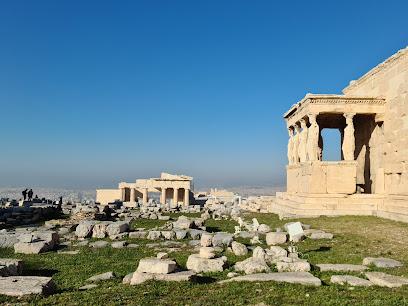
Acropolis
0.1 km
Explore the Acropolis, the iconic symbol of ancient Greece, and discover the Parthenon and other architectural marvels in the heart of Athens.
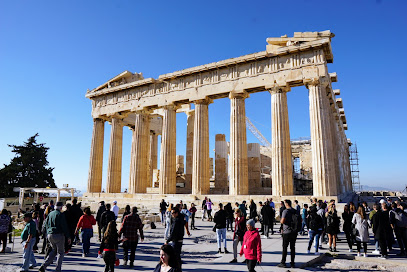
Base of the Statue of Athena Promachos
0.1 km
Explore the historical essence of Athens at the Base of the Statue of Athena Promachos, a symbol of ancient Greek heritage and cultural vitality.
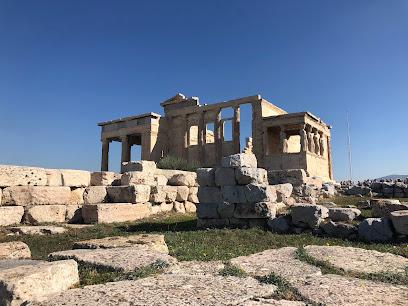
Temple of Themis
0.1 km
Discover the Temple of Themis in Athens, a historical monument dedicated to the Greek goddess of justice and divine order.
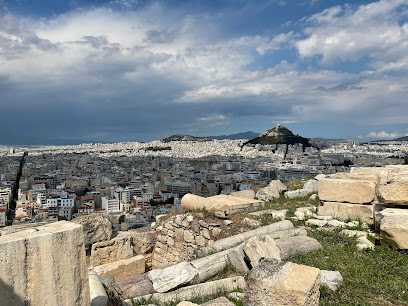
Greek Flag of Athens Acropolis
0.1 km
Witness the iconic Greek Flag atop the Acropolis, a symbol of Athenian history, pride, and breathtaking panoramic views of ancient and modern Athens.
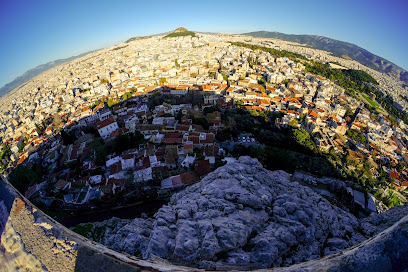
Stoa of Eumenes ΙΙ
0.1 km
Explore the ruins of this ancient covered walkway on the south slope of the Acropolis, once a gift from a king to the city of Athens.
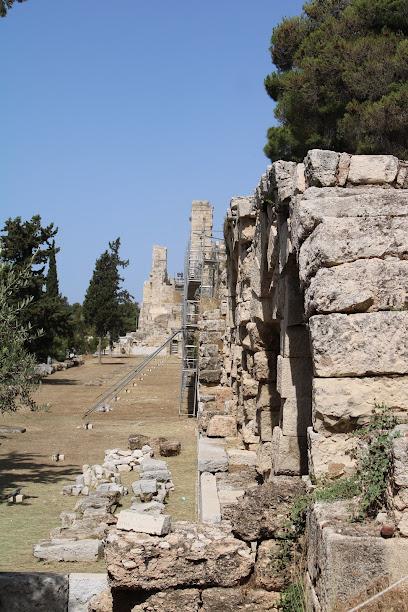
Monument of Agrippa
0.2 km
Explore the Monument of Agrippa on the Acropolis: a historical landmark showcasing Greek and Roman influences in ancient Athens.
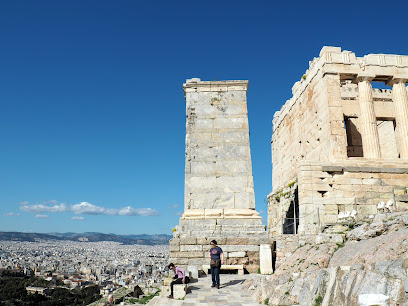
Paved Court of Klepsydra
0.2 km
Discover the ancient Klepsydra spring on the Acropolis, a vital water source in ancient Athens with a rich history and archaeological significance.
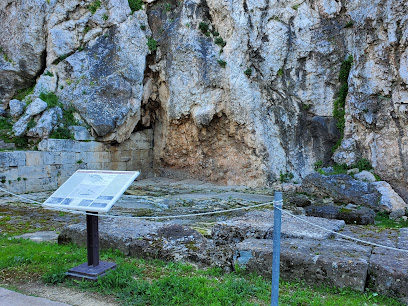
Beulé Gate
0.2 km
Discover the Beulé Gate at the Acropolis, a Roman-era entrance built with ancient repurposed materials, echoing centuries of Athenian history.
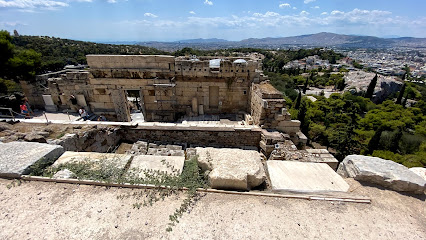
Las escaleras de Mnisikleous
0.2 km
Discover the vibrant charm of Las Escaleras de Mnisikleous, a picturesque Athenian stairway with colorful murals, cafes, and stunning city views.

Holy Church of Saint Sophia
0.2 km
Discover the Holy Church of Saint Sophia in Athens: A serene Byzantine sanctuary near the Acropolis with stunning mosaics and rich history.
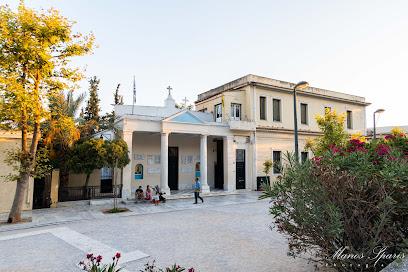
Plate with Apostle Paul's Sermon
0.3 km
Explore the Plate with Apostle Paul's Sermon in Athens, a captivating sculpture honoring a pivotal moment in Christian history amidst rich cultural heritage.
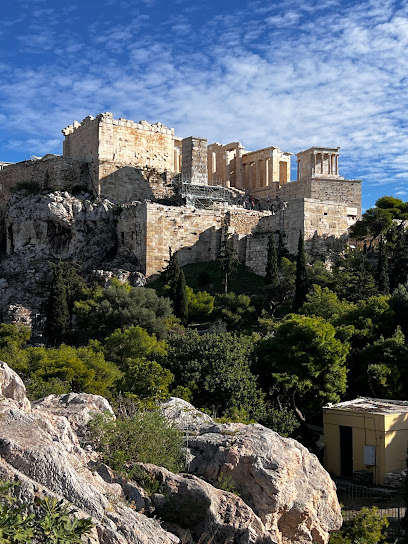
Roman Stoa
0.4 km
Explore the Roman Stoa in Athens: Where ancient commerce meets serene beauty in a historical landmark.
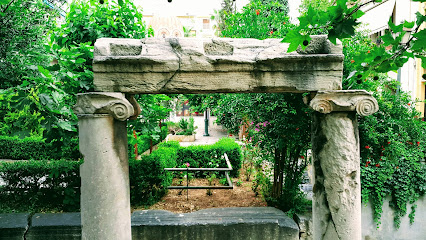
Gate of Athena Archegetis
0.4 km
Explore the Gate of Athena Archegetis, a symbol of Roman patronage and Athenian heritage, at the heart of Athens' ancient marketplace.
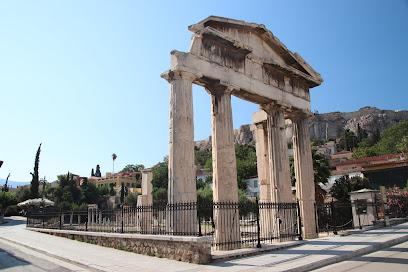
Holy Church of the All-Great Taxiarchs and the Virgin Mary Gregorousa
0.4 km
Discover a serene sanctuary in Athens: Explore the Holy Church of the All-Great Taxiarchs and the Virgin Mary Gregorousa's rich history and artistry.

Unmissable attractions to see
The Porch of the Caryatids
0.1 km
Explore the Porch of the Caryatids, a breathtaking historical site in Athens showcasing ancient Greek architectural brilliance and cultural significance.
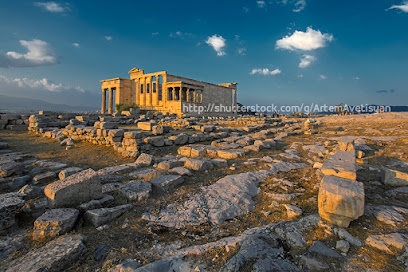
Temple of Asklepios
0.1 km
Explore the Temple of Asklepios in Athens, a historical landmark celebrating ancient healing practices with breathtaking views and rich cultural heritage.
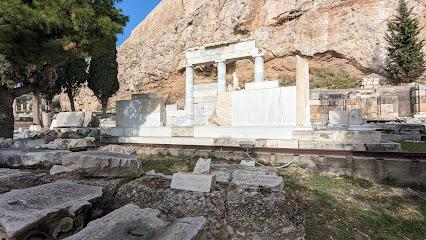
Acropolis of Athens
0.1 km
Explore the Acropolis of Athens, a stunning historical landmark that showcases the brilliance of ancient Greek architecture and culture.

Byzantine Cistern
0.1 km
Explore the Byzantine Cistern in Athens, a captivating historical landmark showcasing ancient architecture and a rich cultural heritage.
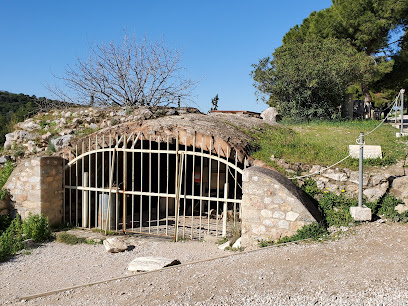
Propylaea
0.1 km
Discover the Propylaea, an architectural marvel and gateway to the Acropolis, where ancient history and breathtaking views come together.

Anafiotika
0.2 km
Explore Anafiotika, a serene neighborhood in Athens, where charming whitewashed houses and stunning views of the Acropolis await.

Temple of Athena Nike
0.2 km
Explore the Temple of Athena Nike, an exquisite ancient shrine on the Acropolis, showcasing remarkable architecture and breathtaking views of Athens.
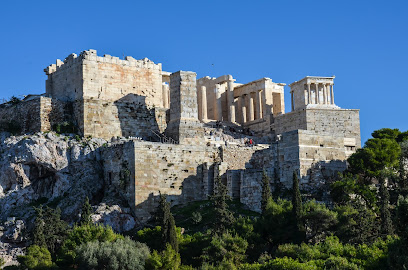
Theatre of Dionysus
0.2 km
Explore the Theatre of Dionysus in Athens, the birthplace of Western theatre, where ancient drama and rich history come to life.
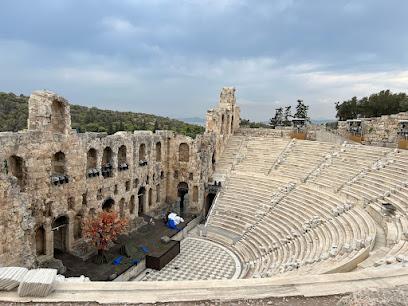
Athens University History Museum
0.2 km
Explore the rich academic heritage of Greece at the Athens University History Museum, a must-visit for history enthusiasts and curious travelers alike.
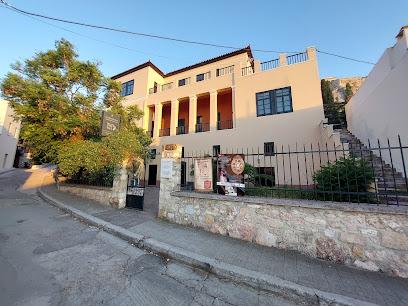
Odeon of Herodes Atticus
0.2 km
Explore the Odeon of Herodes Atticus, an ancient amphitheater in Athens that offers incredible acoustics and a rich cultural experience amidst historical splendor.

"Man and Tools" - Museum of Modern Greek Culture
0.2 km
Explore the Man and Tools Museum of Modern Greek Culture in Athens for a captivating journey through Greece's rich heritage and craftsmanship.
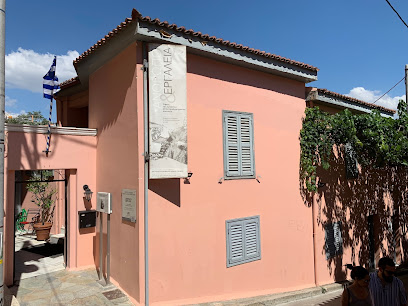
Holy Church of Saint Nicholas Rangavas
0.2 km
Explore the Holy Church of Saint Nicholas Rangavas, a serene Greek Orthodox treasure nestled in the heart of Athens, rich in history and architectural beauty.

Ilias Lalaounis Jewelry Museum
0.3 km
Explore the exquisite artistry and cultural significance of jewelry at the Ilias Lalaounis Jewelry Museum in Athens, where history meets craftsmanship.
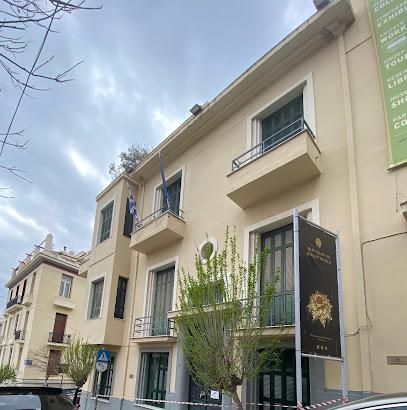
Bathhouse of the Winds (Museum of Modern Greek Culture)
0.3 km
Explore the Bathhouse of the Winds in Athens, a serene museum showcasing the rich tapestry of Modern Greek culture and art.

Choragic Monument of Lysicrates
0.3 km
Discover the beauty of the Choragic Monument of Lysicrates, an ancient Greek masterpiece blending history with the vibrant culture of Athens.
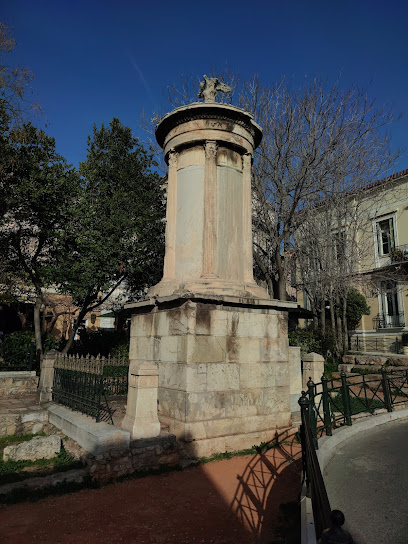
Essential places to dine
Xenious Zeus
0.2 km
Discover the rich flavors of Greece at Xenious Zeus, where authentic cuisine meets warm hospitality in the heart of Athens.
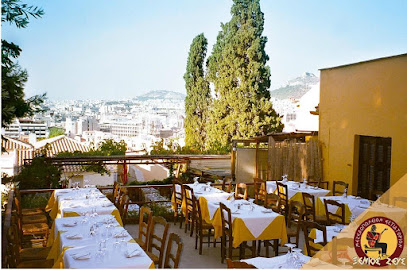
Klepsydra
0.2 km
Discover authentic Greek flavors at Klepsydra in Athens - where tradition meets modern culinary excellence.
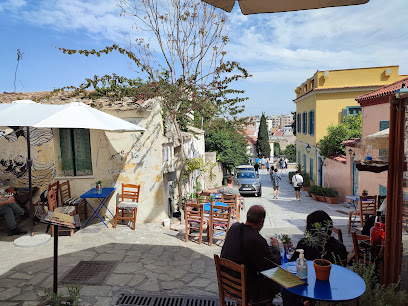
Geros Tou Moria Restaurant
0.2 km
Discover authentic Greek cuisine at Geros Tou Moria Restaurant in Athens - where tradition meets taste in every dish.

Anafiotika Cafe - Restaurant
0.2 km
Experience authentic Greek cuisine and breathtaking views at Anafiotika Cafe - your serene escape in the heart of Athens.

Restaurant Scholarhio
0.3 km
Experience the heart of Greece through exceptional flavors at Restaurant Scholarhio in Athens.

To Kafeneio
0.3 km
Experience authentic Greek cuisine at To Kafeneio - where tradition meets flavor in the heart of Athens.

Daphne's Restaurant
0.3 km
Experience authentic Greek cuisine at Daphne's Restaurant in Athens - where every dish tells a story.

Kosmikon
0.3 km
Savor authentic Greek flavors at Kosmikon – a culinary gem in Athens showcasing Mediterranean delights.

Strofi Athenian Restaurant
0.3 km
Experience authentic Greek cuisine at Strofi Athenian Restaurant with breathtaking views of the Acropolis in Athens.

Trattoria
0.4 km
Experience authentic Greek cuisine at Trattoria in Athens - where tradition meets flavor in every dish.
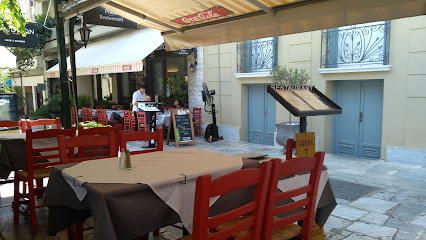
GH Attikos Restaurant
0.4 km
Savor exquisite Greek cuisine with stunning Acropolis views at GH Attikos Restaurant in Athens.

Taverna Vyzantino
0.4 km
Discover authentic Greek flavors at Taverna Vyzantino in Athens – where tradition meets taste in every dish.

Ionos mediterraneon Greek Cuisine
0.4 km
Discover authentic Mediterranean flavors at Ionos Greek Cuisine in Athens—where every meal tells a story steeped in tradition.

Pantheon
0.4 km
Experience authentic Greek flavors at Pantheon - where tradition meets innovation in every dish.

SENSE Rooftop Restaurant
0.4 km
Experience fine dining with stunning views at SENSE Rooftop Restaurant in Athens—where culinary excellence meets breathtaking scenery.

Markets, malls and hidden boutiques
Emporion Gift Shop Plaka
0.3 km
Shop unique souvenirs and crafts at Emporion Gift Shop Plaka, where Greek culture comes alive in every delightful piece.

Potpourri Concept Store
0.3 km
Explore the Potpourri Concept Store in Athens for unique fashion accessories, perfumes, and creative supplies in a charming atmosphere.

NOSTALGIA GIFT SHOP
0.3 km
Discover unique souvenirs and artistic handicrafts at Nostalgia Gift Shop in Athens, where every item tells a story of Greece's rich heritage.

Roy's Shop - Greek Art & Souvenirs
0.3 km
Explore Roy's Shop in Athens for unique Greek art and souvenirs that embody the spirit of Greece, perfect for travelers seeking authentic keepsakes.

Gallery Demeter
0.3 km
Explore Gallery Demeter in Athens for unique souvenirs that embody Greek culture and artistry, perfect for every traveler seeking authentic keepsakes.
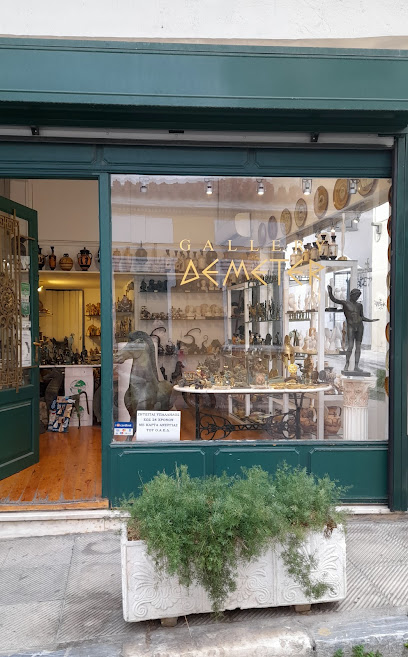
Leather Shop
0.3 km
Explore the Leather Shop in Athens for unique, handcrafted leather goods that embody Greek craftsmanship and culture.

Hydra Gallery - Athens Greece
0.3 km
Immerse yourself in the vibrant contemporary art scene at Hydra Gallery in Athens, Greece - a haven for art lovers and cultural enthusiasts.

Cool Greek shops
0.3 km
Discover unique local crafts and artisanal goods at Cool Greek Shops - a must-visit destination for authentic souvenirs in Athens.

Hercules Shop
0.3 km
Explore Hercules Shop in Athens for unique souvenirs, local crafts, and authentic Greek treasures that embody the rich culture of Greece.
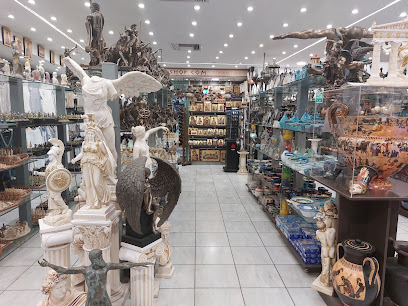
Museum Shop
0.3 km
Explore a treasure trove of unique souvenirs and cultural artifacts at the Museum Shop in Athens, reflecting the rich heritage of Greece.

The Greek Shop
0.3 km
Discover the authentic flavors and beauty of Greece at The Greek Shop in Athens, your ultimate stop for local groceries and cosmetics.
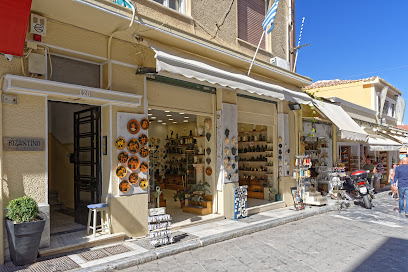
Thiki Greece
0.3 km
Discover authentic Greek souvenirs at Thiki Greece, where local culture and craftsmanship come together in the heart of Athens.

Flâneur Souvenirs & Supplies
0.3 km
Discover authentic Greek treasures at Flâneur Souvenirs & Supplies, where unique gifts and local crafts await in the heart of Athens.
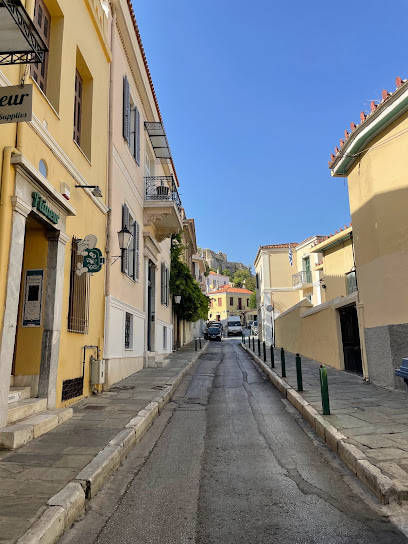
Olive House
0.4 km
Explore Olive House: A charming gift shop in Athens offering unique souvenirs and authentic Greek treasures.

Forget Me Not
0.4 km
Explore the charm of Forget Me Not, Athens' go-to souvenir store for unique gifts and local crafts that embody the spirit of Greece.

Essential bars & hidden hideouts
Plaka street
0.2 km
Discover the charm of Plaka Street, where vibrant bars meet historic Athenian culture, offering an unforgettable experience in the heart of Greece.

Jackass Penguin Gallery and Cocktail Bar
0.3 km
Discover the unique flavors of Greece at Jackass Penguin Gallery and Cocktail Bar, where culinary excellence meets vibrant local art.

Licores
0.3 km
Experience the lively atmosphere and unique cocktails at Licores, one of Athens' top bars for nightlife and relaxation.

Brettos bar
0.3 km
Experience the rich tradition of Greek spirits at Brettos Bar in Plaka, Athens—where history and vibrant nightlife converge.

CHANDELIER
0.4 km
Discover the authentic flavors of Greece at Chandelier, a top grill restaurant in Athens, offering a vibrant atmosphere and mouthwatering dishes.

Athens Sports Bar
0.5 km
Athens Sports Bar: Your go-to destination for sports, karaoke, and a lively atmosphere in the heart of Athens.

Thea Terrace
0.5 km
Discover the charm of Athens at Thea Terrace, where stunning views and delightful drinks create the perfect atmosphere for relaxation.

Ipitou The Bar
0.5 km
Discover the lively Ipitou The Bar in Athens, where craft beers and creative cocktails meet a vibrant atmosphere for unforgettable nights.

City ZEN All Day Bar Restaurant
0.5 km
Experience the essence of Athens at City ZEN All Day Bar Restaurant, where culinary delights and a vibrant atmosphere await every visitor.

Kiki de grèce
0.5 km
Discover the essence of Greek viticulture at Kiki de Grèce, a must-visit wine bar in the heart of Athens.

Blue Bird
0.5 km
Experience the vibrant nightlife at Blue Bird, Athens' premier bar for cocktails, music, and unforgettable moments.

360 Cocktail Bar
0.5 km
Experience breathtaking views and expertly crafted cocktails at 360 Cocktail Bar, a rooftop gem in the heart of Athens.

All Day Bar
0.6 km
Experience the vibrant nightlife of Athens at All Day Bar, where adult entertainment and a lively atmosphere come together for an unforgettable night.
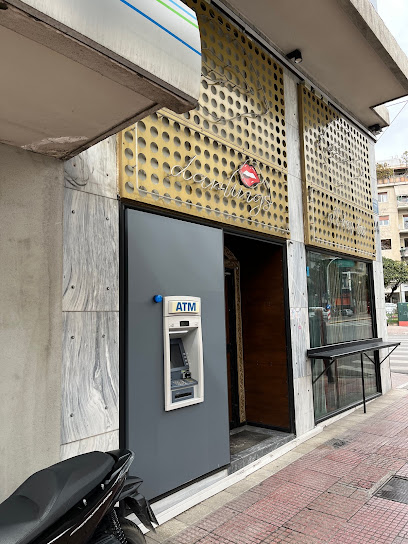
Tiki Bar Athens
0.6 km
Experience the vibrant atmosphere of Tiki Bar Athens, where tropical vibes and refreshing cocktails await in the heart of the city.

Loser Bar
0.6 km
Experience the vibrant nightlife of Athens at Loser Bar, where expertly crafted cocktails meet a lively atmosphere and unforgettable vibes.




